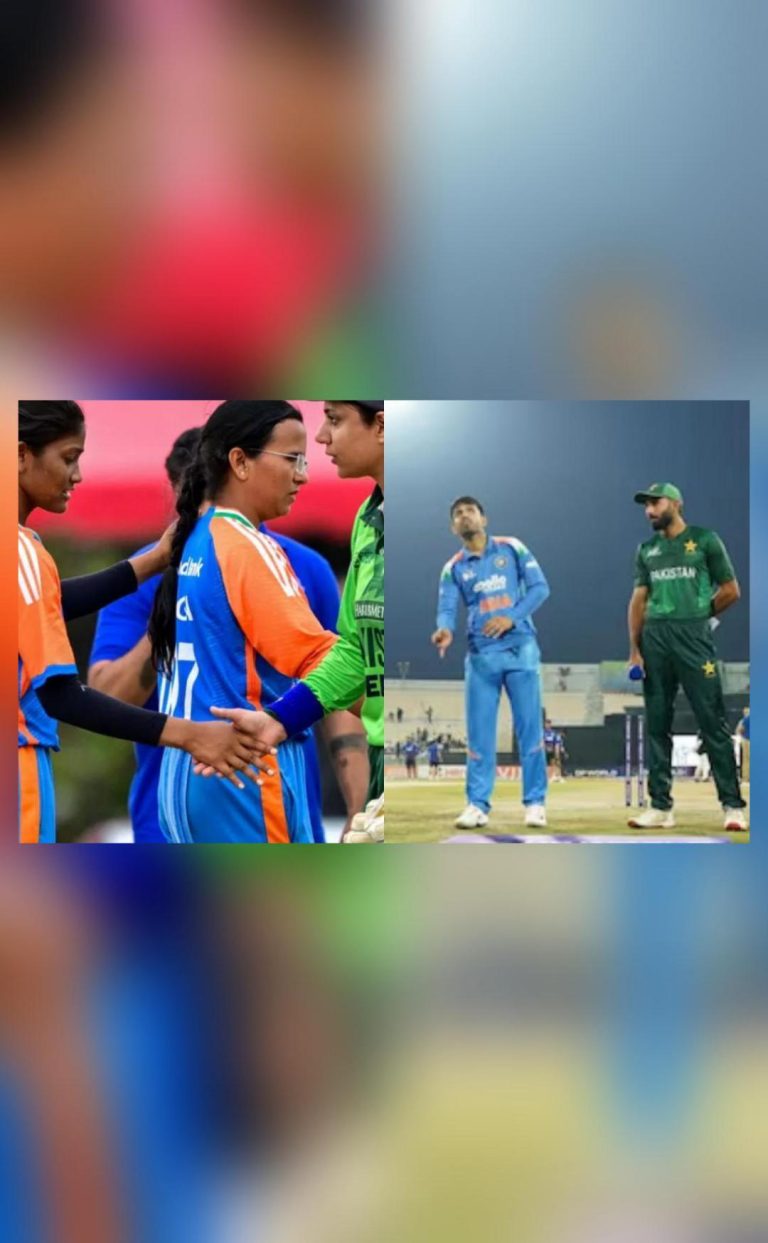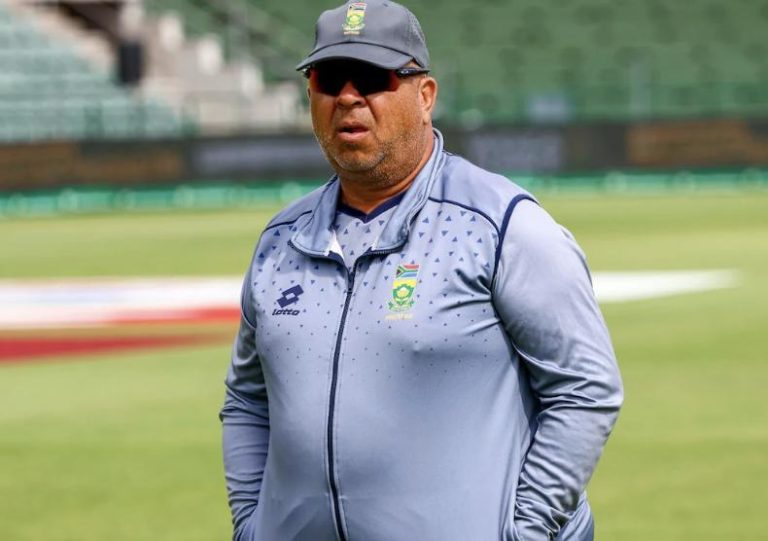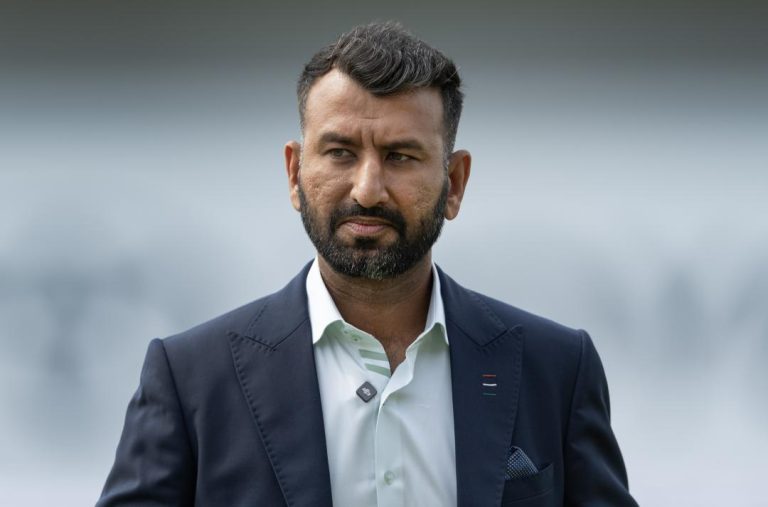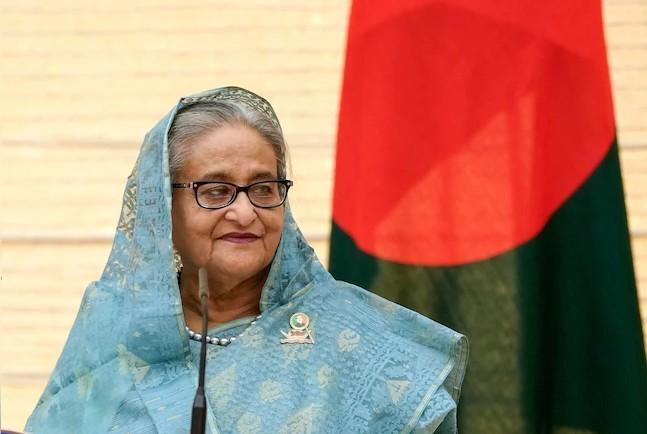
Ravindra Jadeja Compares Captaincy in T20 & Test Format: Insights from a Seasoned Cricketer
Ravindra Jadeja, the experienced all-rounder, has been a vital cog in India’s cricket setup for several years. Recently, in a conversation with his fellow cricketer R Ashwin, Jadeja shed light on the differences between captaincy in Test and T20 formats. His words offered valuable insights into the challenges and considerations that come with leading a team in these two formats.
In Test cricket, Jadeja emphasized that the captain’s role is more calculative, with a focus on making subtle adjustments to the field as per the bowler’s needs. “In Test cricket, you have to change two-three fielders as per the need of the bowler,” he said. This approach requires a deep understanding of the game, the bowler’s strengths and weaknesses, and the opposition’s batting style.
On the other hand, Jadeja contrasted this with the T20 format, where every ball is an event, and decisions need to be made quickly. “In T20s, every ball is an event,” he noted. This high-pressure environment demands a more reactive approach, with captains needing to think on their feet and make split-second decisions.
Jadeja’s observations highlight the unique challenges that come with captaincy in each format. In Test cricket, the captain’s role is more strategic, with a focus on setting fields, rotating bowlers, and making tactical decisions to gain an upper hand. In contrast, T20 captaincy requires a more instinctive approach, with decisions often being made based on gut feeling and experience.
The differences between Test and T20 captaincy are not just limited to the tactical aspects. Jadeja also pointed out that the pressure and intensity of the game vary significantly between the two formats. In Test cricket, the game is often played over a period of five days, with breaks in between, allowing captains to relax and recharge. In T20s, the game is condensed into a shorter format, with minimal breaks, making it a more intense and physically demanding experience.
Another key difference Jadeja highlighted was the contrast in team dynamics between Test and T20 cricket. In Test cricket, Jadeja noted that players have more time to bond and develop relationships with each other, which helps build a strong team culture. In T20s, the fast-paced nature of the game leaves little room for bonding, and captains need to rely on their players’ individual skills and experience to get the job done.
Jadeja’s insights into the differences between Test and T20 captaincy serve as a reminder that each format presents its unique set of challenges and considerations. While Test cricket requires a more strategic and calculative approach, T20 cricket demands a more reactive and instinctive mindset. As a seasoned cricketer, Jadeja’s words offer valuable advice for aspiring captains looking to excel in both formats.
In conclusion, Ravindra Jadeja’s conversation with R Ashwin has provided valuable insights into the differences between captaincy in Test and T20 formats. By highlighting the unique challenges and considerations that come with leading a team in each format, Jadeja has offered a nuanced understanding of the game that is sure to benefit aspiring captains and cricket enthusiasts alike.






